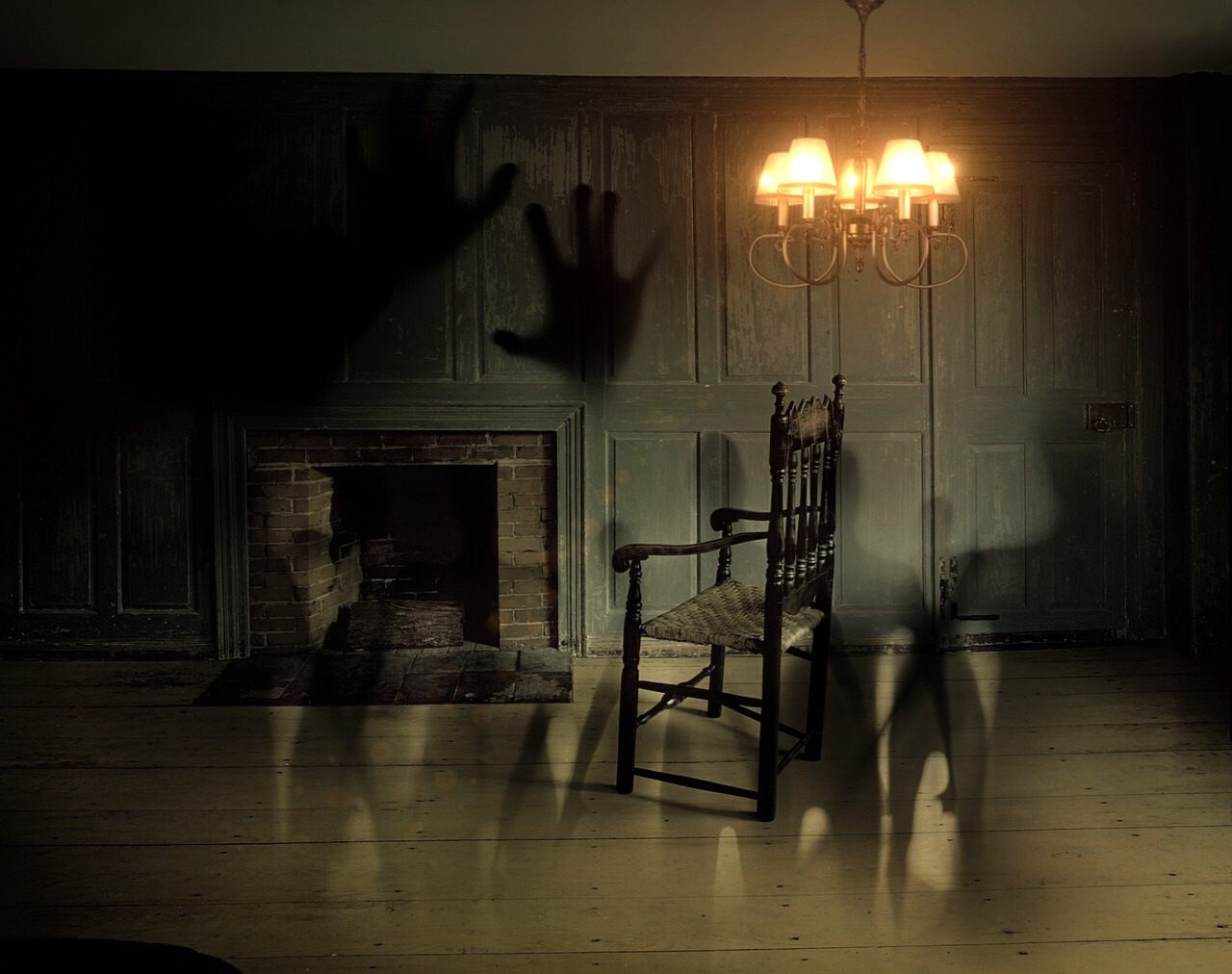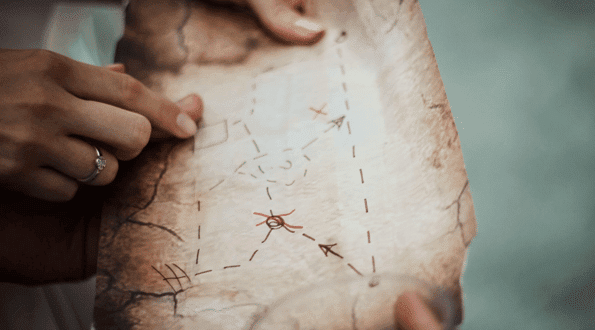Black History Month: Unsung Puzzle Pioneers – James W. Pryde
Previously in our series of articles introducing the stories of pioneering African-American cryptographers, we’ve met a groundbreaking cryptanalyst along with a leader and recruiter who helped usher in the desegregation of the US intelligence services. Today I’d like to introduce you to the story of James W. Pryde, a man who broke down barriers across two different fronts, first as an airman in WWII, and then as a signal analyst with the Armed Forces Security Agency.
1943 photo of the Tuskegee Airmen from the National Park Service website
Pryde’s career began during World War II as a young man with dreams of becoming a pilot. Despite nationwide discrimination and segregation, African-American men still volunteered to fight for their country once the US entered the war. The US military was reluctant to give these volunteers active roles in the war effort, keeping them segregated and far from the battle line. One exception to this rule was in air combat, where a segregated unit of black pilots had earned a reputation for bravery and skill in aerial warfare; the storied Tuskegee Airmen.
In 1944 James Pryde enlisted in the military as an 18-year-old high school senior in hopes of becoming a pilot with the Tuskegee Airmen himself. Unbeknownst to him, the Army made only a very small number of slots in their pilot training program available to African-Americans. Despite acing his qualification tests, Pryde was denied the opportunity to attend, instead being trained as a radio operator.
Once assigned to Chanute Airfield in Rantoul, Illinois he continued to experience discrimination even while training and working alongside white enlisted men. He would later recall in an interview being required to live in segregated barracks and even use segregated transport to and from the airfield where he worked alongside his white peers 1. Nevertheless, he excelled as a radio operator, earning two sets of Silver Wings for his service and becoming a highly sought-after radio lineman by the end of the war.
Even with his many accomplishments, Pryde would struggle to find meaningful work with the government in the post-war era. In 1950 he learned from friends in Washington DC of a newly-formed codebreaking unit within the army’s Signals Intelligence Service. Notably, they employed African-Americans in a number of non-menial roles. Pryde traveled to Arlington, Virginia to apply, and despite his intelligence and record of service, the newly formed Armed Forces Security Agency hired him only as a clerk in their mailroom.
This would be a short-lived situation; Pryde’s supervisors learned of his ability to read automatic morse tape, and quickly transferred him to the signals analysis section, where he was trained as a telemetry analyst. He would go on to have what’s been described as a brilliant career in Soviet signals exploitation 2, first as an analyst, then as an executive leader. He would spend two years assigned to a detail on the staff of the Assistant Secretary of Defense, and would in 1978 be promoted to Director of the Defense Special Missile and Astronautics (now Aerospace) Center (DEFSMAC), a specialized Department of Defense group dedicated to collecting and analyzing intelligence on foreign missile and satellite programs.
NSA Hall of Honor photo of James Pryde
He would serve as Director of DEFSMAC until 1980, when he was selected as the NSA representative to the Department of Defense and in 1981 served as Assistant Deputy Director of Administration at NSA. After retiring later in 1981, Pryde would continue his service as a member of the National Cryptologic Museum Foundation, where he would serve until his death at age 90 in 2017.
Throughout his time at the NSA and at the Foundation he was a tireless advocate for African-Americans in the NSA and military, and dedicated himself to increasing awareness of the service and sacrifices made by men and women of color in the armed forces throughout US history. The NSA recognized his efforts and inducted him into the Cryptologic Hall of Honor in 2006, stating, “Through his efforts he helped promote a diverse workforce within NSA, and has striven since to remind the current generation of the struggles waged by their predecessors for equality.”3
American culture and history are filled with innovators, creators and boundary-breakers whose contributions have been minimized or obscured simply on the basis of the color of their skin. We are immensely grateful to all of these pioneers, both for their contributions and for the opportunity to share their stories with you. To see the full list of profiles on African-American pioneers in cryptography, check out the link here.
– Nate
Sources:
1. Code Breakers: The Invisible Cryptologists, NBC News, https://www.nbcwashington.com/news/local/code-breaker-an-old-secret-revealed/92062/
2. The Invisible Cryptologists: African-Americans, WWII to 1956: https://www.nsa.gov/Portals/70/documents/about/cryptologic-heritage/historical-figures-publications/publications/wwii/invisible_cryptologists.pdf
3. Cryptologic Pioneers: The African American Experience, https://www.nsa.gov/about/cryptologic-heritage/historical-figures-publications/african-americans/Article/1621940/james-w-pryde/
Tags:
Want to get blog updates ( and only blog updates )?
One comment




Leave a Reply
Recent posts






Cruise Taker’s Guide to Turks and Caicos: What to do on the Ship and on the Island








Fabulous!